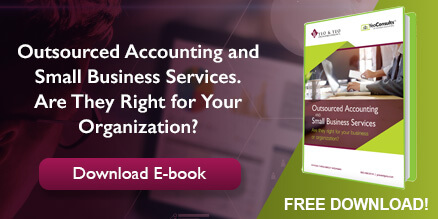The Management’s Discussion and Analysis (MD&A) was first introduced when Governmental Accounting Standards Board (GASB) Statement No. 34, Basic Financial Statements – and Management’s Discussion and Analysis – for State and Local Governmentswas issued. It has been in effect for all state and local governments since 2003 or earlier. Although this statement set forth the requirements for the MD&A, it also changed many other aspects of financial reporting.
The requirements of the MD&A are straightforward.
- It must provide an objective analysis of the government based on the current year’s operations or other known facts.
- Comparisons must be made of the current year’s balances and activity to the prior year’s balances and activity with a focus on whether the overall financial health of the government has improved or deteriorated. Although these comparisons are on the government-wide information, the government must provide an analysis of significant changes in the funds as well as significant budget variances.
- The government must also report capital asset and long-term debt activity.
- The last component to the MD&A is management’s future outlook, which should describe current circumstances that are expected to have a significant impact on the government’s monetary position.
Turn a good MD&A into a great MD&A
In many cases, governments begrudgingly prepare an MD&A template to be compliant with GASB Statement No. 34 and roll that template forward year after year. While the template is likely sufficient, an MD&A can be the focal point of your financial statements! When effectively prepared, it has the opportunity to present all of the most significant and relevant financial data to users of the financial statements and can typically be accomplished in less than 15 pages. As a CPA who presents financial statements to governing bodies, I always recommend that the governing body at least read the MD&A.
Consider enhancing your MD&A. When was the last time that you or your auditor didn’t just update the charts and figures? Do you believe that a user unfamiliar with your financial statements, or other financial conditions, could read your MD&A as a summary of your government and have a clear and objective position of the financial health of your government?
If you answered no, consider some of the following tips to improve your MD&A:
- Make the goal of your MD&A to be a complete summary of your financial statements, such that users could feel comfortable only reading the MD&A.
- Use easily understood terms, so that taxpayers and financial analysts alike can understand your MD&A.
- Use charts and pictures – and add some color.
- Focus on reasons why the balances and activities of the year have changed compared to the past, rather than the magnitude of the change.
- If your government presents a transmittal letter, avoid duplicating information with the MD&A.
- Make page references to the financial statements and footnotes to the financial statements.
- Discuss current accomplishments of the government.
- Focus on the primary government.
- Avoid boilerplate templates.
- Attempt to answer questions that users of the financial statements typically pose.
The value of a great MD&A
A great MD&A is valued by users of the financial statement because it allows users to spend less time to gain an understanding of the monetary position of a government. It can help citizens and the members of the governing body understand the financial statements with a summarized presentation. It can answer questions before they’re asked.
For more information, refer to GASB Statement No. 34.
If you would like additional assistance with your MD&A, please contact your Yeo & Yeo professional.



